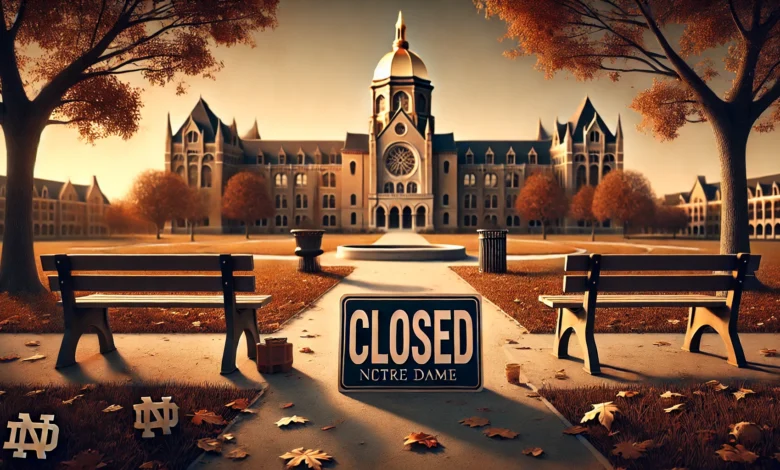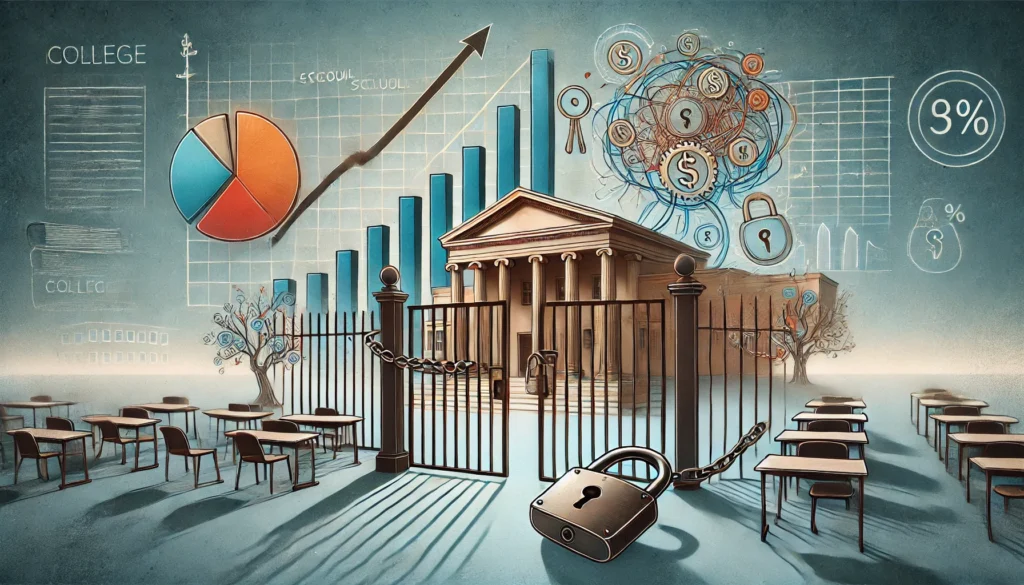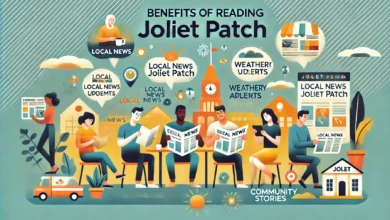Notre Dame College Closing: Understanding the Reasons and Impacts

The news of Notre Dame College Closing closure has sent shockwaves through the academic community, alumni, and current students. This venerable institution, with its rich history and legacy, holds a special place in the hearts of many. However, like numerous other colleges facing similar challenges, Notre Dame College has encountered obstacles that have made its continued operation untenable. This article delves into the reasons behind the closure, its implications, and what lies ahead for stakeholders.
A Brief History of Notre Dame College
Founded in the early 20th century, Notre Dame College Closing has been a cornerstone of higher education. Known for its commitment to academic excellence, values-based education, and community service, the institution has educated thousands of students over the decades. It has played a pivotal role in shaping leaders and fostering intellectual growth. However, like many mid-sized and smaller colleges, it has faced increasing financial and operational pressures in recent years.
Reasons Behind the Closure

The closure of Notre Dame College Closing is not an isolated incident but part of a broader trend affecting similar institutions. The following factors contributed to this unfortunate decision:
- Financial Challenges
One of the primary reasons cited for the closure is the mounting financial strain. Declining enrollment, coupled with rising operational costs, created a financial deficit that became unsustainable. The pandemic further exacerbated these issues, leading to reduced tuition revenues and increased expenses for health and safety measures.
- Demographic Shifts
A shrinking pool of college-aged students in certain regions has posed significant challenges for many institutions. Notre Dame College, like others, struggled to attract and retain students in an increasingly competitive landscape.
- Changing Educational Preferences
The rise of online education and alternative learning pathways has disrupted traditional higher education models. Many students now opt for more affordable, flexible options, making it difficult for institutions with traditional setups to remain competitive.
Declining Alumni Support
While alumni support has always been a lifeline for smaller institutions, economic uncertainties have led to reduced donations. This decline in financial contributions from alumni and benefactors further strained the college’s resources.
- Operational Inefficiencies
Over time, operational inefficiencies in areas such as resource allocation and administrative costs may have compounded the financial difficulties, limiting the institution’s ability to invest in growth and innovation.
The Impact of the Closure
The decision to close Notre Dame College Closing is far-reaching and affects various stakeholders, including students, faculty, alumni, and the local community. Here’s a closer look at the implications:
- For Students
Students are arguably the most affected group. Many will face the challenge of transferring to other institutions, which can disrupt their academic progression and social connections. The college’s administration has pledged to assist students with transfer processes, but the transition remains a daunting task for many.
For Faculty and Staff
Faculty and staff members will experience significant upheaval as they lose their positions. While some may find opportunities at other institutions, others may face prolonged periods of job insecurity.
For Alumni
For alumni, the closure marks the end of an institution that played a crucial role in their personal and professional lives. The dissolution of their alma mater can evoke feelings of loss and nostalgia, as well as concerns about the value of their degrees in the long term.
For the Local Community
Notre Dame College has been more than just an educational institution; it has been an economic and cultural anchor in its community. The closure will likely lead to reduced economic activity, impacting local businesses and services that depend on the college community.
Lessons for Higher Education
The closure of Notre Dame College highlights broader challenges facing higher education in the United States. To remain viable, institutions must adapt to changing demographics, embrace innovative educational models, and focus on financial sustainability. Collaboration, technology integration, and strategic planning are key to ensuring long-term success.
The Road Ahead
As Notre Dame College prepares for its closure, its administration has emphasized the importance of supporting its students, faculty, and staff during this transitional period. Efforts are being made to establish partnerships with other institutions to ensure a smooth transfer process for students and to assist employees in finding new opportunities.
Additionally, the legacy of Notre Dame College will live on through its alumni, who will continue to embody the values and mission of the institution in their personal and professional lives.
Conclusion
The closure of Notre Dame College is a poignant reminder of the challenges facing higher education today. It underscores the need for strategic foresight and adaptability in an evolving educational landscape. While the loss of such an esteemed institution is deeply felt, its legacy of academic excellence and community service will continue to inspire generations to come.
FAQs
Why is Notre Dame College closing?
Notre Dame College is closing due to a combination of financial challenges, declining enrollment, demographic shifts, and changing educational preferences. These factors made it financially unsustainable to continue operations.
What will happen to current students at Notre Dame College?
The college is working to assist students with transferring to other institutions to ensure they can complete their education with minimal disruption.
How will the closure affect faculty and staff?
Faculty and staff will lose their positions, but the college is committed to providing resources and support to help them transition to new opportunities.
What impact will the closure have on the local community?
The closure will likely lead to reduced economic activity, affecting local businesses and services that rely on the college community.
Can anything be done to save similar institutions from closure?
To avoid closures, colleges must focus on financial sustainability, adapt to changing demographics, and embrace innovative educational models such as online learning and strategic partnerships.





